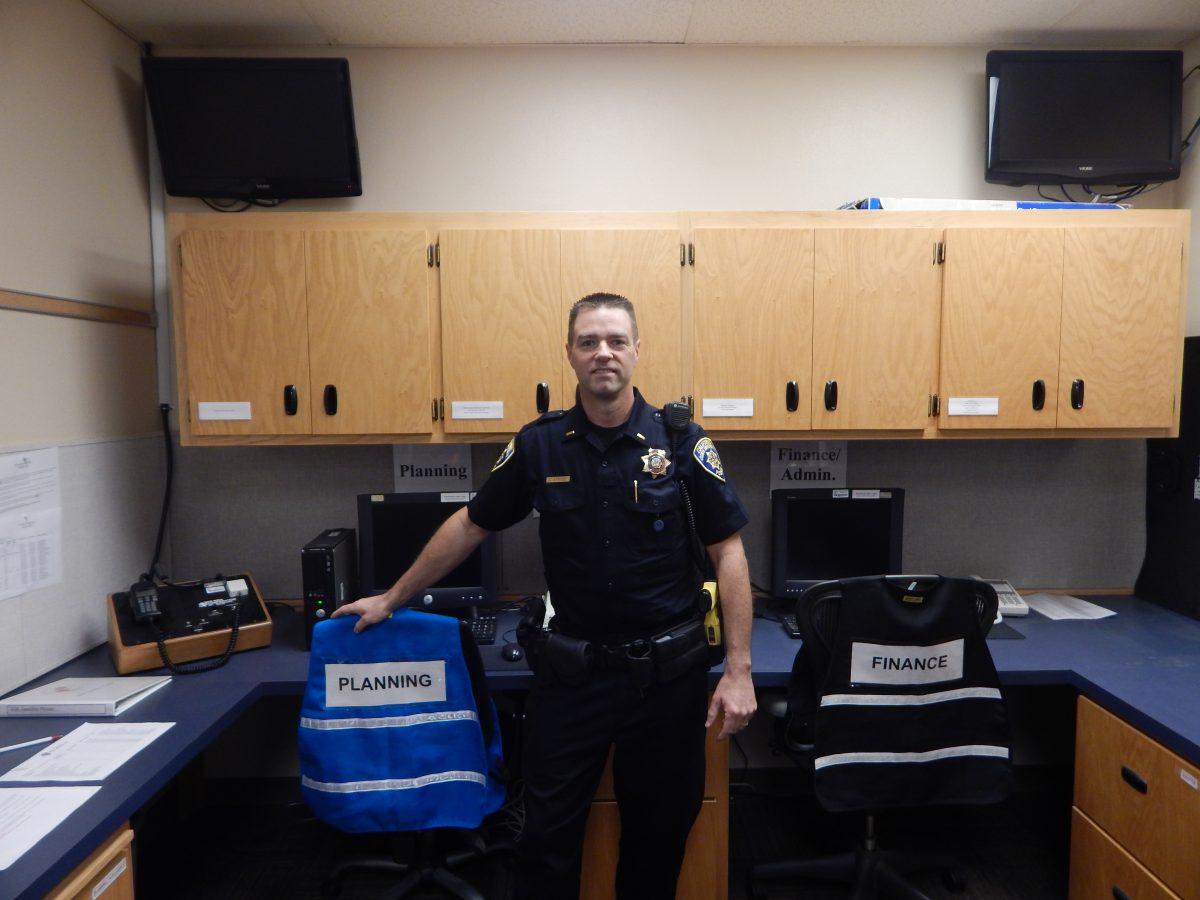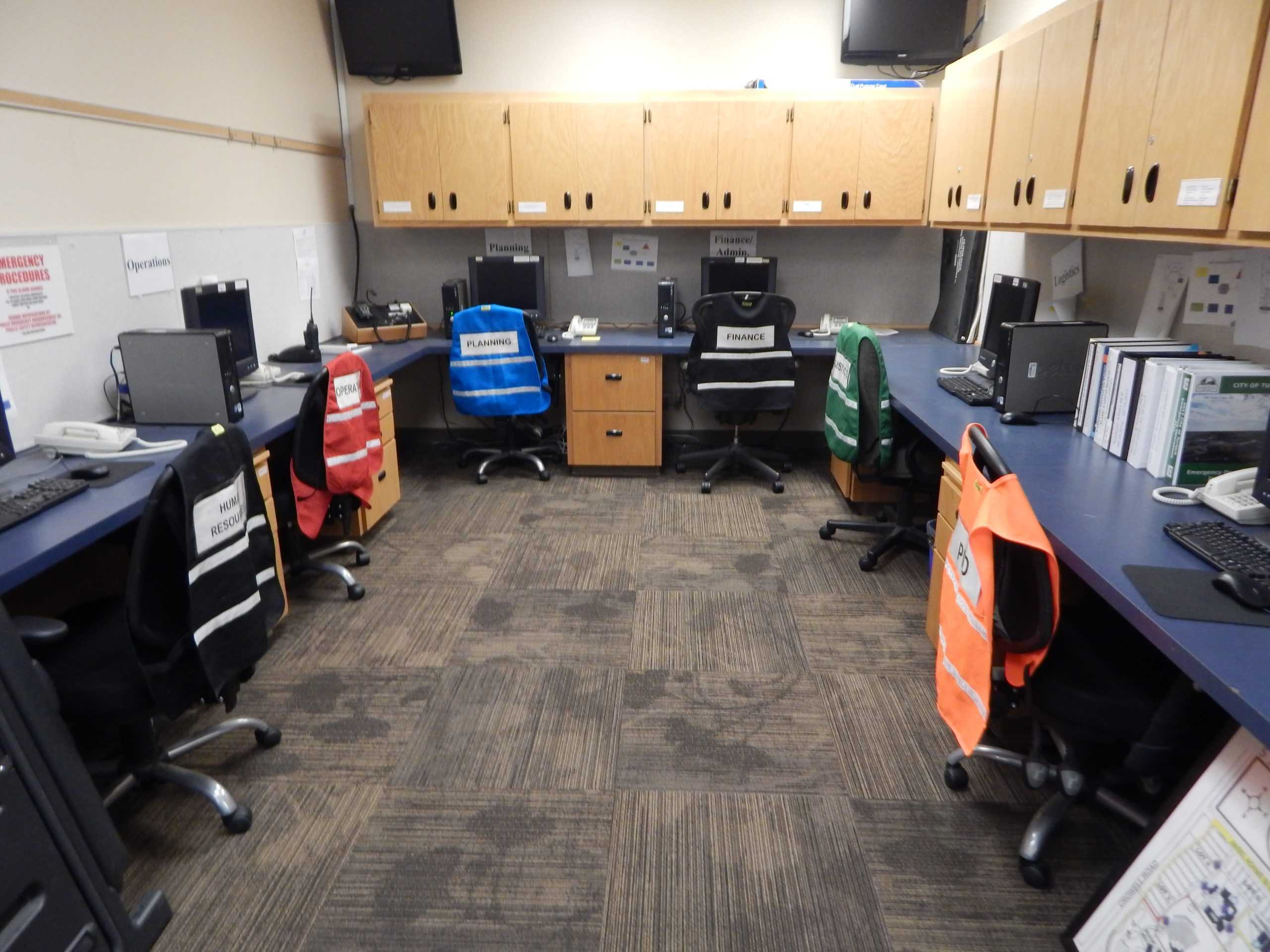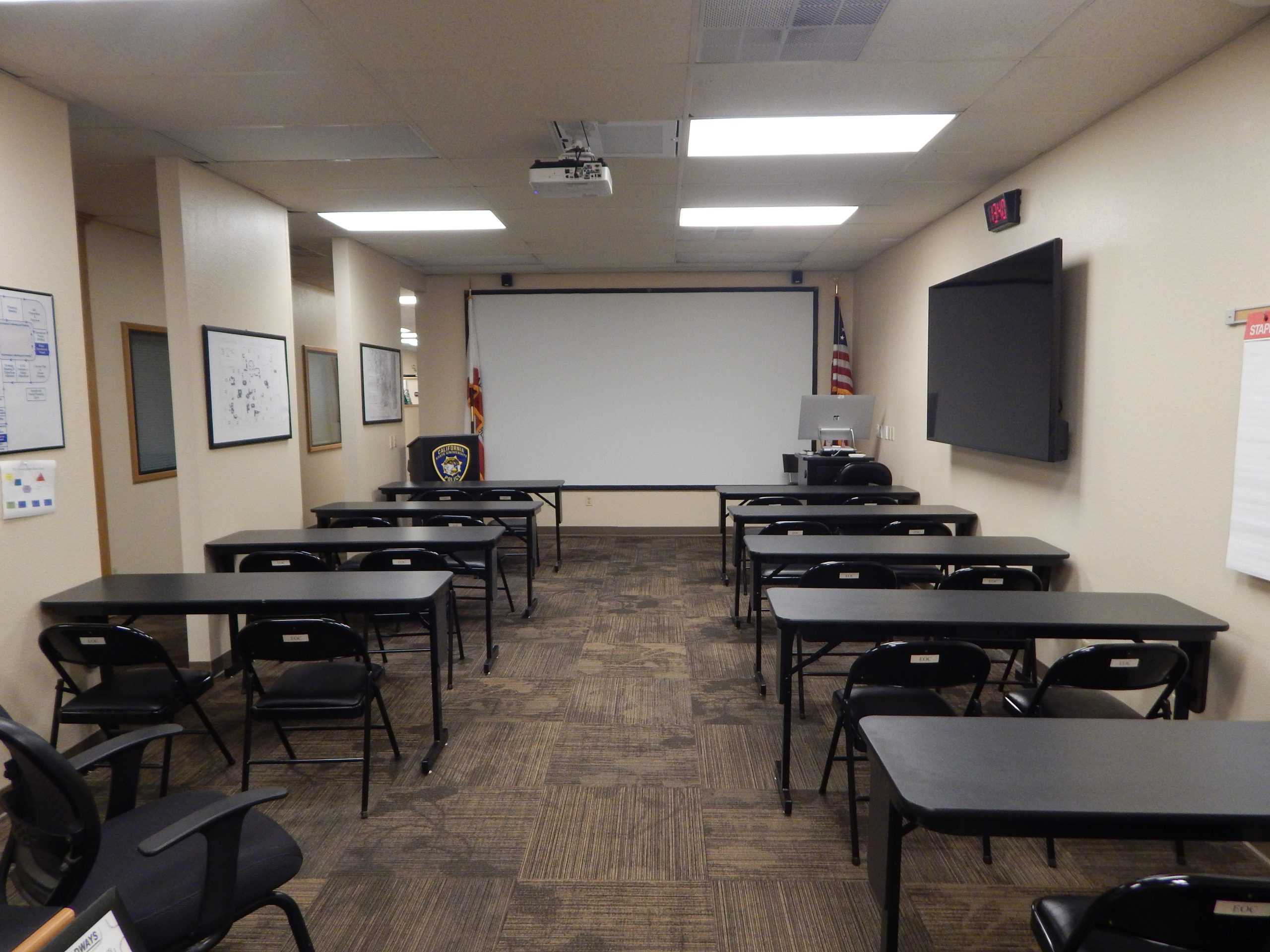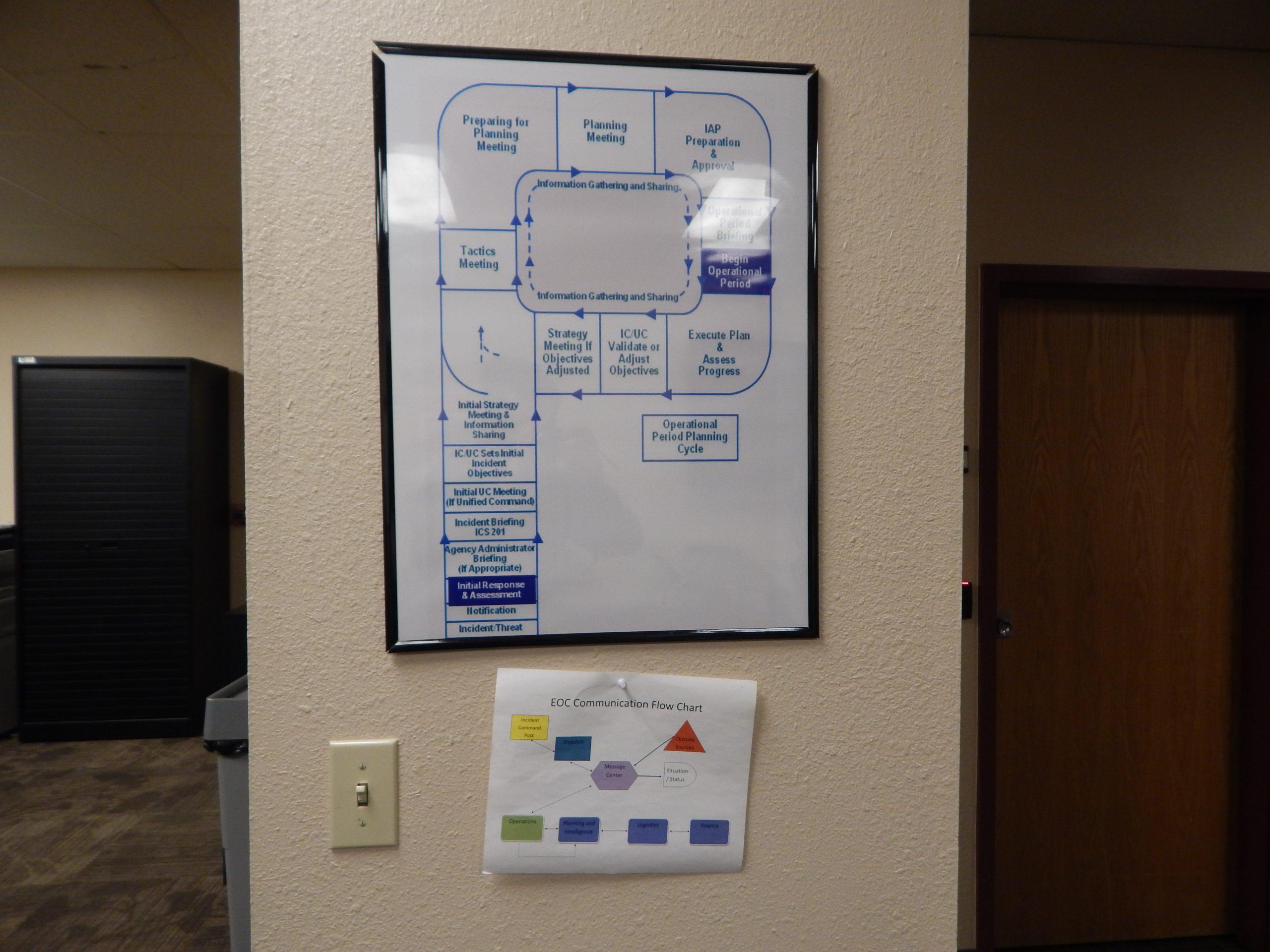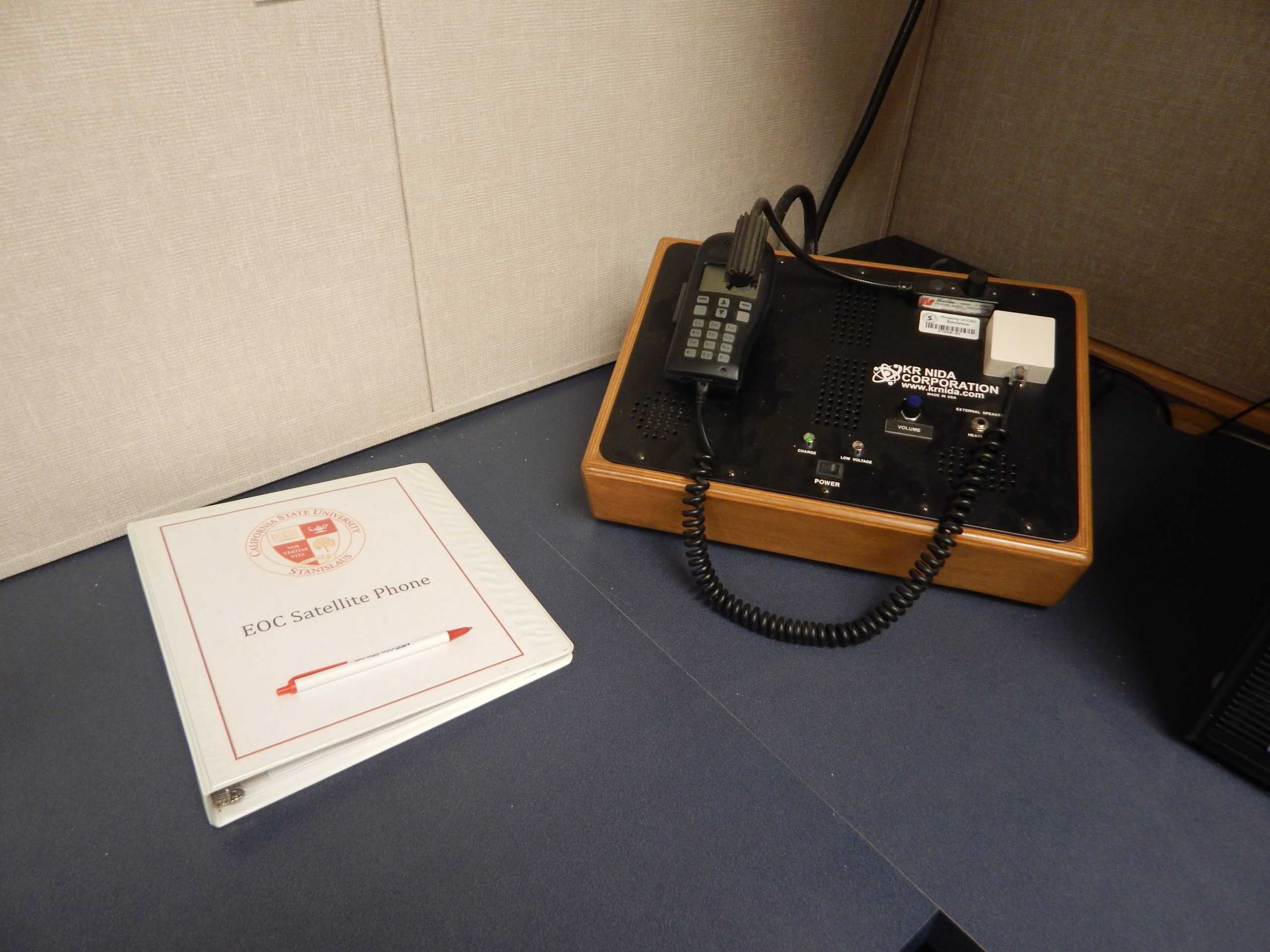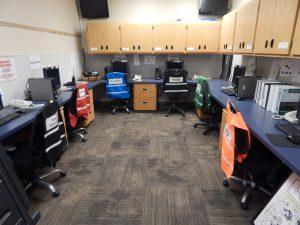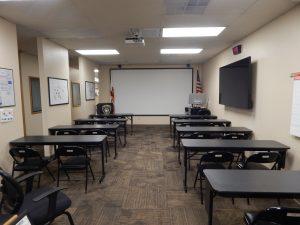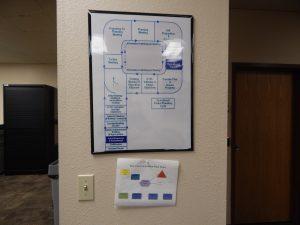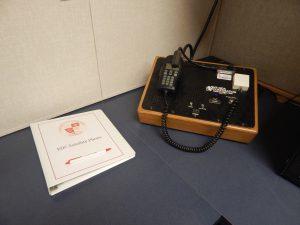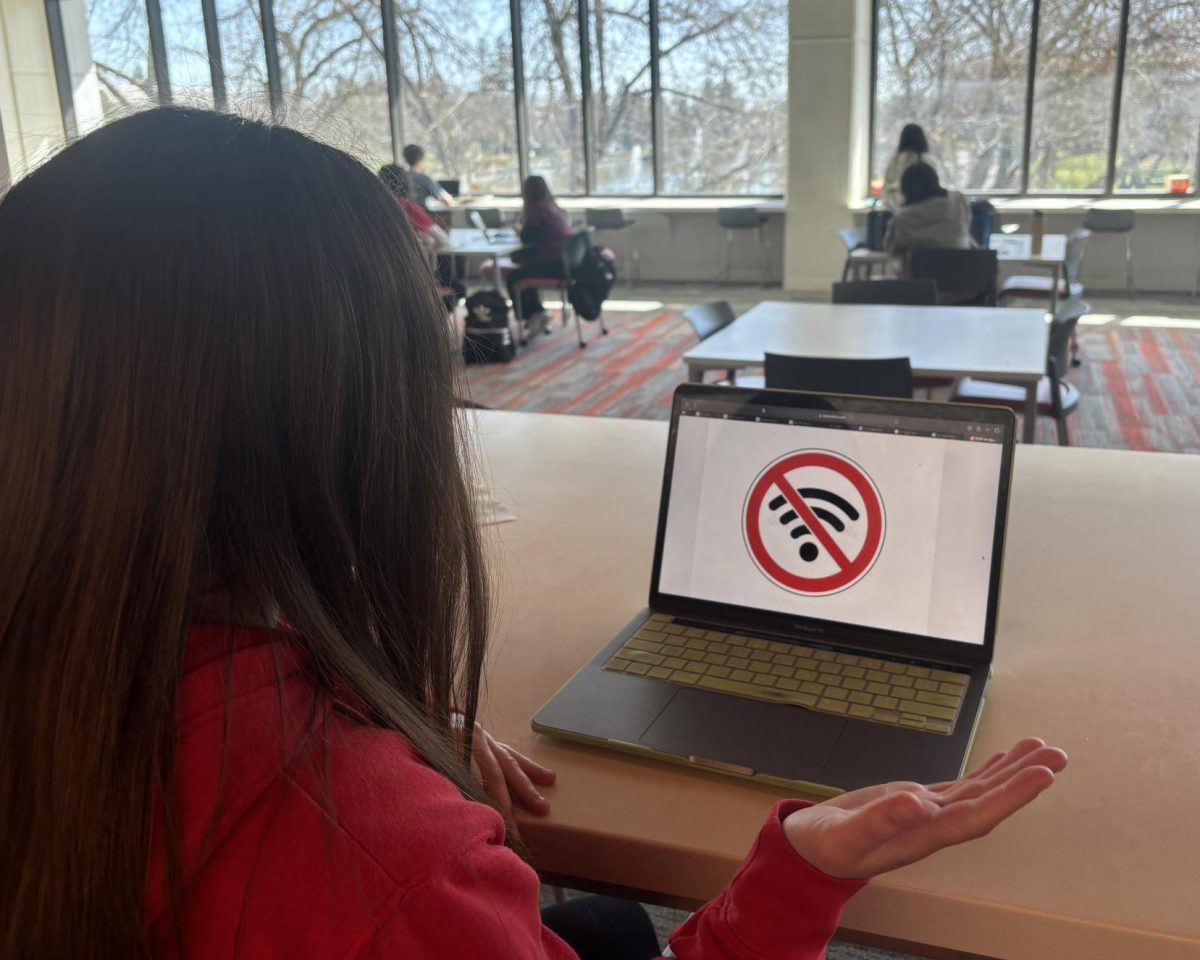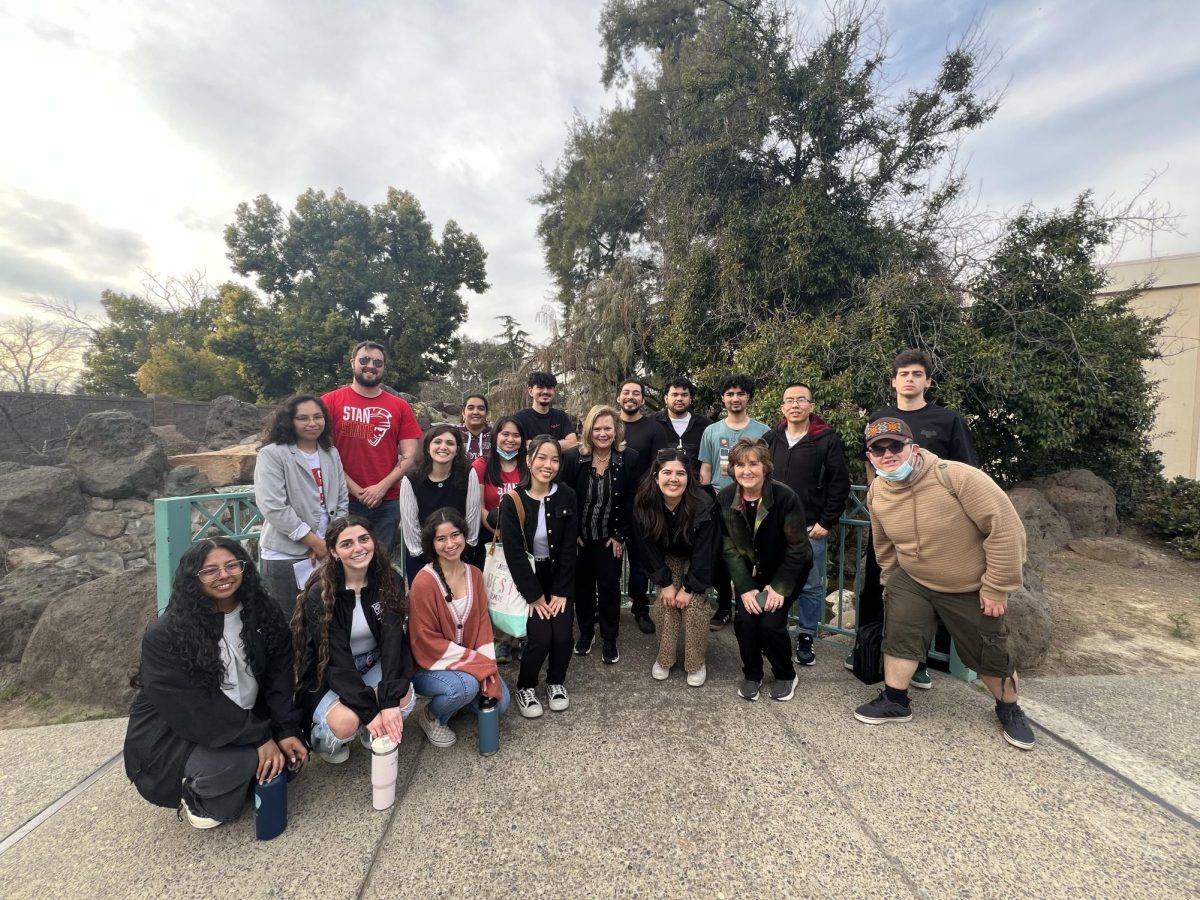If an emergency ever occurs at Stan State, the University Police Department (UPD) and specially trained staff members will be at the Emergency Operations Center (EOC).
UPD Lt. Clint Strode gave some insight on the purpose of the center.
“The Emergency Operations Center was created to provide a central location where specially trained Stan State staff members can work to support a critical incident on our campus. Staff who work in the EOC work are specially trained to provide support to an incident in several ways, including managing the operations in the field, providing logistical support, providing timely and accurate information to the public, and covering financial needs,” Lt. Strode said.
Emergency & Continuity Coordinator Laura Rodriguez-Mascorro states that there is a reason why the EOC is placed in the UPD building.
“The Emergency Operations Center is owned and operated by Safety & Risk Management, but is physically housed in the UPD for security reasons,” Rodriguez-Mascorro said.
The EOC is comprised of six fields which are: Human Resources, Operations, Planning, Finance, Logistics and a Public Information Officer (PIO). Those who hold the position are Senior Associate Vice President Communications, Marketing and Media Relations Dr. Rosalee Rush who currently is the PIO, and Vice President for Business and Finance Darrell Haydon who is the current person who heads the Finance field of the EOC.
According to Rodriguez-Mascorro, Sonoma State University used their EOC to contact other CSUs to help with stopping the fires that occurred this past October. Four members of the EOC were stationed to help and were: Dr. Rush, Haydon, Rodriguez-Mascorro and Academic Affairs Liaison Amanda Theis.
The EOC has many tools and equipment at its disposal to help during an emergency and to help stop the crisis.
“It includes communications tools, planning tools and lists of resources and agreements arranged ahead of time so they are available if they are ever needed. Some of the equipment we have includes computers with all of the necessary documents set up and ready to go. A satellite radios that links all of the CSU campus and allows communications event when the phone systems are down. Food and water is stored in the EOC so we can operate without outside assistance for several days. All of these things are in place so that when a disaster happens, Stan State is ready to respond as efficiently as possible,” Lt. Strode said.
Edgar Payan (senior, Communication Studies) would use the resources available to him during an emergency.
“In an emergency, I would refer to the flip book that each classroom has or act instinctually,” Payan said.
As stated by Rodriguez-Mascorro The EOC’s part during is critical in responding to the emergency, and it entails three parts in managing the crisis which are: pre-emergency period, the emergency response phase and post emergency or recovery phase.
- In the pre-emergency period, the EOC is developed and prepared for any contingency and used for orientations, trainings and exercises.
- In the emergency response phase, the EOC serves as the central point for coordination of information and resources.
- In the post emergency or recovery phase, the EOC structure and organization can be used to facilitate and direct the recovery operation.
“Before an emergency occurs, be prepared. There are many resources students can reference to obtain lifesaving trainings and information, [and] please visit our Emergency webpage,” Rodriguez-Mascorro said.

